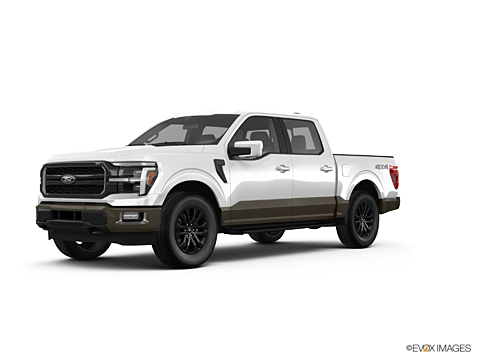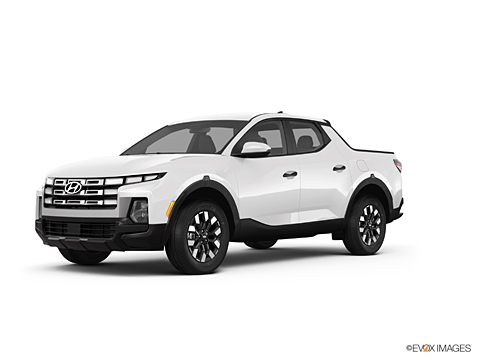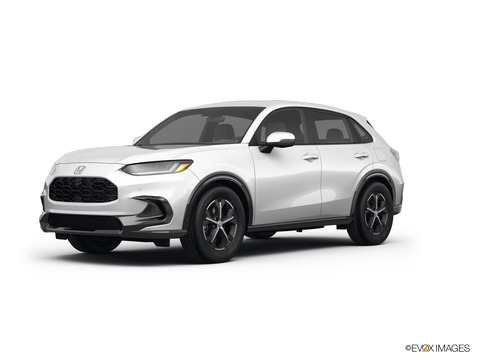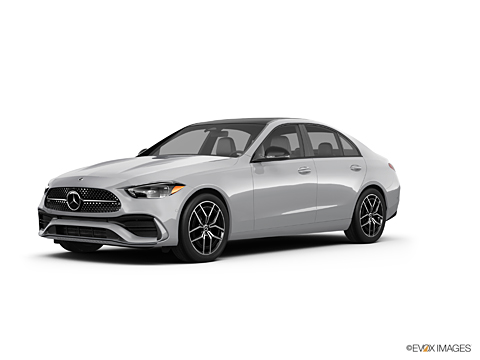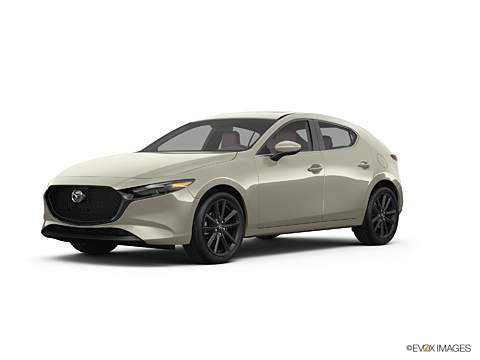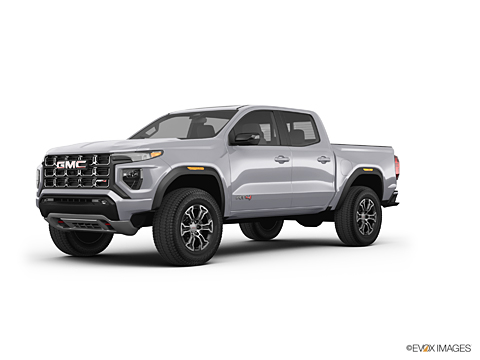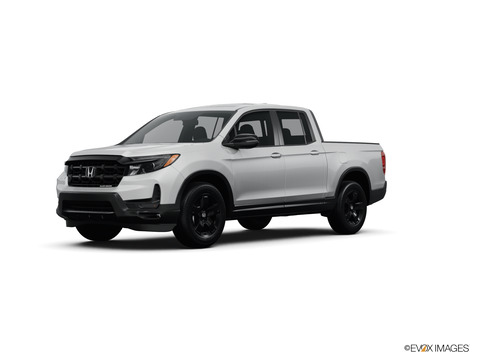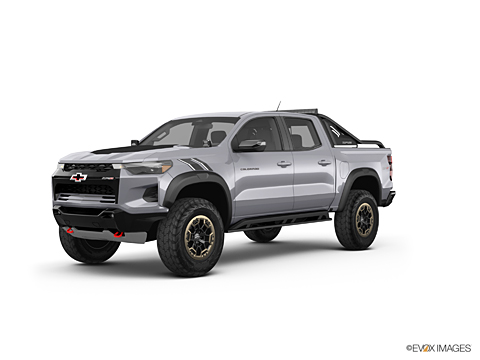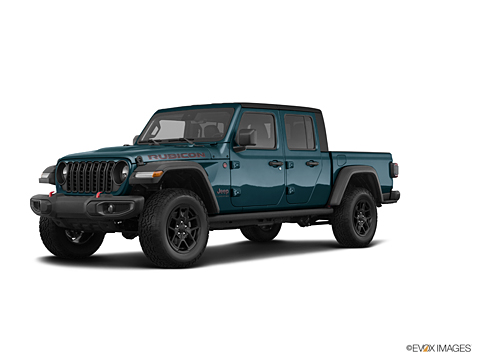
Safest Trucks for 2025
The safest used and new trucks are ranked based on our analysis of the crash tests and safety ratings from the U.S. government’s National Highway Traffic Safety Administration (NHTSA) and the Insurance Institute for Highway Safety (IIHS).
The safest midsize truck is the Toyota Tacoma (8.0 safety rating) and the safest full-size truck is the Ford F-150 (8.9 safety rating). Topping the list for the safest small and compact trucks is the Hyundai SANTA CRUZ (9.0 safety rating), while the Ford F-250 Super Duty ranks first for the safest heavy duty trucks (7.3 safety rating).
What Defines a Safe Truck?
Vehicle safety should be a primary consideration for every truck buyer, but what defines a safe truck?
iSeeCars uses the rating systems from the National Highway Transportation Safety Administration (NHTSA) and the Insurance Institute for Highway Safety (IIHS) as the basis for deriving an iSeeCars safety score for each truck. These rating systems include NHTSA’s 5-star rating that tests a vehicle’s crashworthiness in a frontal crash, side impact crash, and rollover crash, plus the rollover risk for a given vehicle. IIHS’ rating system uses Top Safety Pick and Top Safety Pick+ to define a truck’s overall rating, and is based on three crash tests that include frontal crash tests, side crash tests, and a roof strength test. IIHS also rates safety features like head restraints, front crash prevention technology, and headlight performance.
The safest pickup trucks will earn a five-star rating from NHTSA and an IIHS Top Safety Pick+ award, but iSeeCars doesn’t base its safety score on good ratings from a single model year. Instead we average a truck’s safety ratings over five model years to come up with a 5-year average to determine a given model’s safety score. We also include a list of standard and optional safety features for each truck, including forward collision warning, blind-spot monitoring, and automatic high beams. These safety equipment lists will vary somewhat by truck type, with full-size pickups like the Ram 1500 and Toyota Tundra offering features that the midsize Ford Ranger and compact pickups like the Hyundai Santa Cruz don’t. See a complete list of pickup truck off-road, towing, and safety technologies, along with an explanation of how they work, below.
How to Practice Vehicle Safety
New vehicles are safer than ever, but even today’s advanced safety systems can’t overcome unsafe driving habits. With modern trucks offering car-like ride and handling, drivers can be lulled into thinking they are as light and nimble as a traditional car. But trucks remain taller and heavier than a sedan or wagon, giving them increased flexibility and, in crew cab models like the Rivian R1T and Nissan Titan, increased passenger capacity. But their elevated weight and center of gravity puts trucks at a greater risk of rollover.
Truck drivers must take these factors into consideration, allowing for more stopping distance and careful maneuvering when parking. And because trucks can travel off-road, drivers should understand how all-wheel drive (or four-wheel drive) and other off-road technologies work before leaving the pavement. A truck’s advanced powertrain and elevated ground clearance can’t make up for a lack of knowledge and bad decisions during off-road excursions.
The same is true when using a truck for towing, which can be dangerous if a driver doesn’t understand how to safely attach a trailer and drive it in a prudent manner. Technologies like trailer sway control and a trailer brake controller can reduce towing risks, but drivers should have a full understanding of proper towing protocol before their first trailering experience. Also keep in mind that fuel economy can be drastically impacted when towing, with a truck’s mpg dropping as the trailer’s weight increases.
As a pickup truck driver you’re the most important safety feature in your vehicle. You can use the lists below to identify which trucks offer the highest safety scores and what safety technologies are standard or optional on higher trim levels. But you must always supplement those systems with safe and prudent driving practices, such as wearing your seat belt, maintaining a safe distance from other vehicles, and remaining focused on the task of driving your truck responsibly.
Modern Safety Technology Terms and Definitions:
Automatic Emergency Braking: when forward sensors detect an imminent collision they can apply the brakes, even when the driver doesn’t, to assist with front crash prevention
Automatic High Beams: the vehicle can automatically switch between low beams and high beams when appropriate
Blind-Spot Monitor: alerts the driver when another vehicle is in the blind spot to reduce the chance of a collision during a lane change
Cross-Traffic Alert, Forward and Rear: sensors monitor the movement of vehicles passing in front of, or behind, a parked vehicle, alerting the driver to potential collisions; rear cross traffic alert is particularly help when backing out of a parking space with tall vehicles on the drivers and passenger side.
Driver Attention Monitoring: monitors driver behavior and creates an audible and visual warning if the driver shows signs of distraction or fatigue
Electronic stability control (ESC): Electronic stability control automatically applies the brakes when a vehicle skids or slides on slippery surfaces or curvy roads. This safety technology is so important that it has been required in most vehicles since 2012.
Forward (or Pre-) Collision Warning: alerts the driver of a potential or likely collision; this system often works with Automatic Emergency Braking to improve front crash prevention
Hill Descent Control: Uses the traction control and brake system to maintain a set speed as a vehicle descends an off-road or slippery surface while coming down a steep incline
Hill Start Assist (or Hill Hold): Maintains brake pressure to keep a vehicle from moving after the brake pedal is released and before the throttle is applied, making it easier to control a vehicle operating on a steep incline
Lane Centering: more advanced than Lake-Keeping Assist, Lane Centering uses small steering corrections to keep a vehicle centered in its lane
Lane Departure Warning: alerts the driver when the vehicle begins to drift out of its lane
Lane-Keeping Assist: monitors the vehicle’s position in its lane and makes steering corrections if a vehicle starts to drift out of its lane
Parking Sensors, Front and Rear: produces audible warnings when parking a vehicle to help the driver understand how close the vehicle is to a solid object (another car, wall, etc.)
Pedestrian Detection: uses sensors to detect pedestrians and can apply brakes to avoid collisions or reduce vehicle speed prior to collision
Radar Cruise Control (also known as Smart Cruise Control or Adaptive Cruise Control): uses sensors to maintain a set distance from vehicles traveling in front of the primary vehicle, thus reducing the need for driver input to maintain a set speed
Rear Seat Reminder: reminds the driver to check the rear seat area before exiting the vehicle and can sound the horn if rear-seat movement is detected after the vehicle is locked
Safe Exit Assist: monitors street traffic when a car is parked to reduce the likelihood of opening a door when another vehicle is approaching or passing by
Steering Assist: can steer the vehicle away from an imminent collision
Surround View (or 360-Degree) Camera: provides an overhead view of the vehicle in the infotainment system to see how much space is available on all sides when parking or moving at low speeds
Trailer Brake Controller: Integrates a trailer’s brake system with the tow vehicle’s brake system, automatically applying both when the driver applies the brakes
Trailer Sway Control: Applies brakes to individual wheels to slow a towing vehicle down when trailer instability is detected

How We Rank These Cars
The iSeeCars “Safest Car” lists rank cars, trucks and SUVs based on our analysis of the crash tests and safety ratings from the U.S. government’s National Highway Traffic Safety Administration (NHTSA) and the Insurance Institute for Highway Safety (IIHS).
Along with the Safety scores, the lists show additional iSeeCars scores because we believe other factors should be taken into account to find the best overall vehicle. If there is a tie in the Safety scores between vehicles, we use the overall iSeeCars Score to break the tie.
The overall iSeeCars Score is an analysis of three factors: reliability, resale value and safety. It is calculated based on the latest research and analysis by our data science team. The data analysis comes from over 12 million new and used vehicles in our Longest-Lasting Cars and 5-Year Depreciation Studies, combined with NHTSA and IIHS Safety Ratings.
Vehicles are scored in three categories:

Reliability
The reliability score represents an analysis of iSeeCars' proprietary research on the longest-lasting vehicles.

Value Retention
The value retention score is based on our data science team's statistical analysis and prediction of 5-year depreciation from MSRP to determine which cars hold their value best, using US Bureau of Labor Statistics data to adjust for inflation.

Safety
The safety score is calculated based on the last five years of crash test ratings from the National Highway Traffic Safety Administration (NHTSA) and incorporates the latest Top Safety Pick information from the Insurance Institute for Highway Safety (IIHS).


